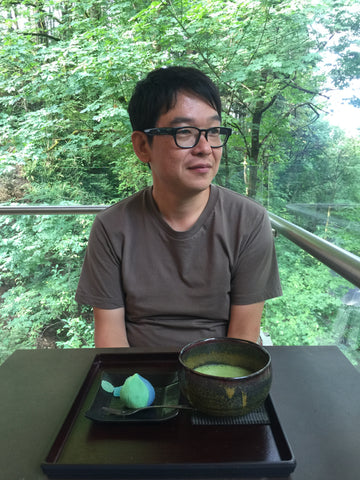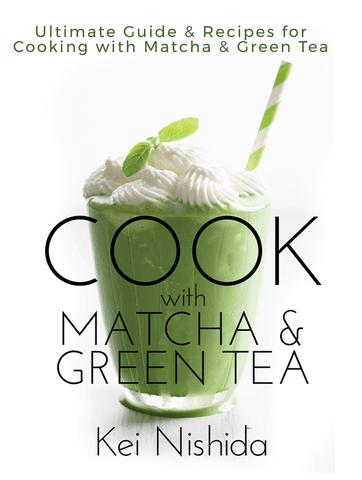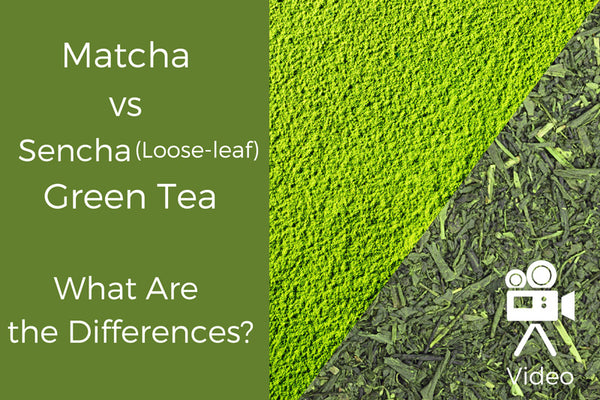
TYPES OF TEA: MATCHA VS SENCHA GREEN TEA: WHAT ARE THE DIFFERENCES?
When it comes to different types of tea, matcha and sencha green tea are two many people have questions about! Get answers in this post.
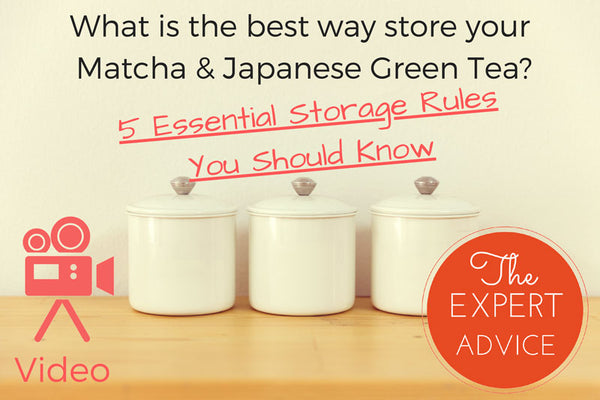
What is the best way to store your matcha & Japanese green tea?
5 Essential Storage Rules for Matcha and Japanese Green Tea
Read on to learn how to store matcha the proper way to ensure that you get the most out of this ancient elixir.
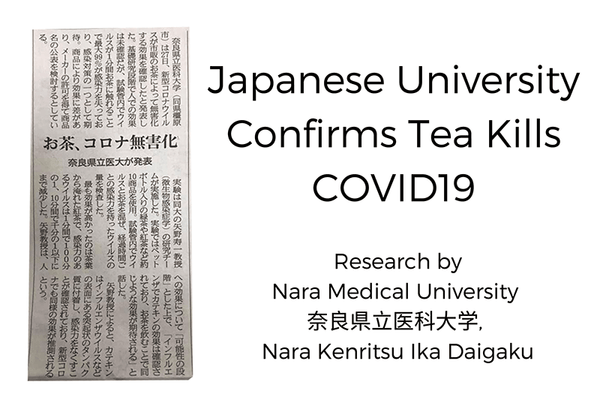
Japanese University Confirms Tea Kills COVID19
Nara Medical University (奈良県立医科大学, Nara Kenritsu Ika Daigaku) reported on November 27th, 2020 that their research confirms that green tea sold in the market can kill or make the virus harmless in their study.
The research is the first stage of the study, and they have not tested with the human body yet; however, adding COVID virus in green tea for one minute reduced their Infectious by 99%. Click here to read more.
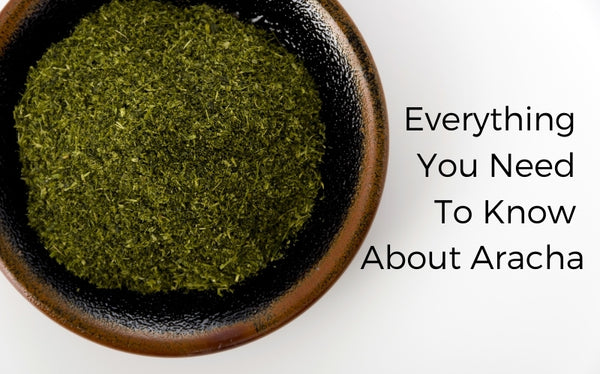
Everything You Need To Know About Aracha
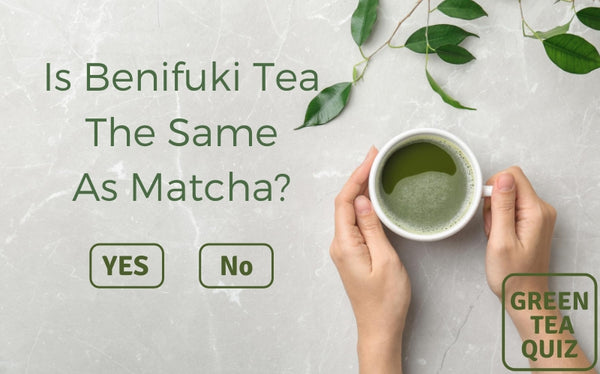
Is Benifuuki Tea The Same As Matcha?
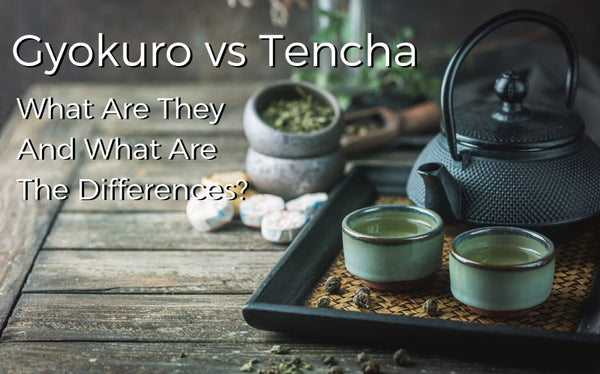
Gyokuro vs Tencha – What are they and what are the differences?

Tea for Allergies?! What is Benifuki Tea? - ChaCha's GreenTea Room Video
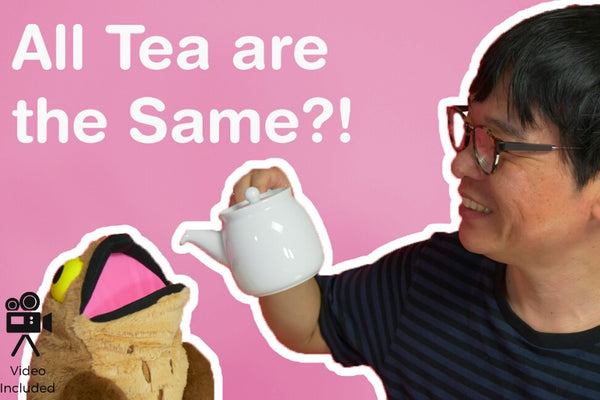
All Tea are the Same?! - ChaCha's GreenTea Room Video
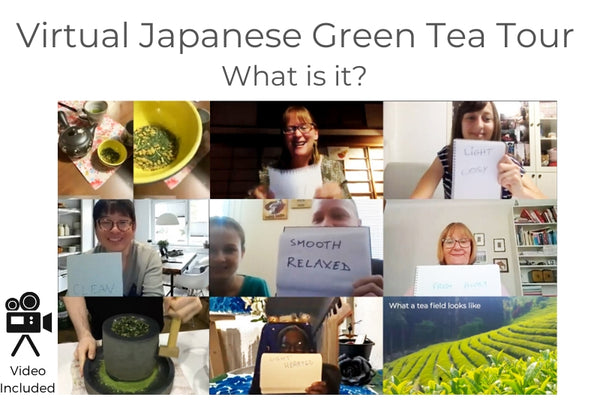
Virtual Japanese Green Tea Tour - What is it?
In this article (and a bit of video), I want to share with you a small segment of the virtual tour. Read on and watch the video of the piece of the actual tour here.
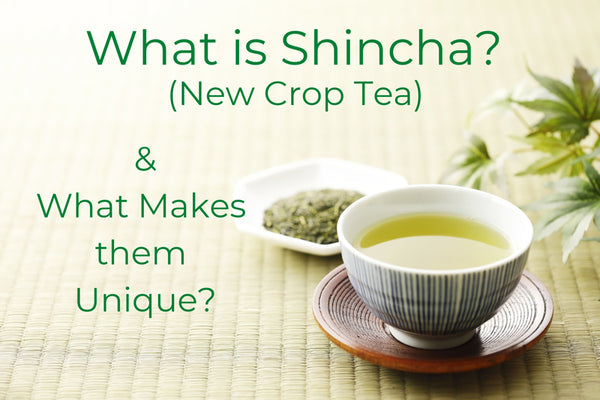
What is Shincha - New Crop Tea and What Makes them Unique?
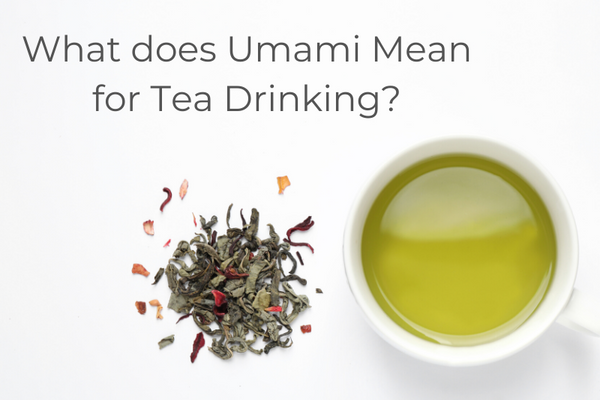
What does Umami mean for Tea Drinking?
As kids, we are taught that there were four basic tastes; salty, sour, sweet, and bitter which are represented by a map of the tongue. Not to burst your bubble, we do not just have four basic sense of flavor, instead, we have five! The fifth element: Umami.
What does Umami (oo·maa·mee) うま味 mean for Tea Drinking? I will first explain what exactly umami is and then will touch about how it relates to tea. Keep reading as I also added a couple of interesting facts about umami at the end of the article.
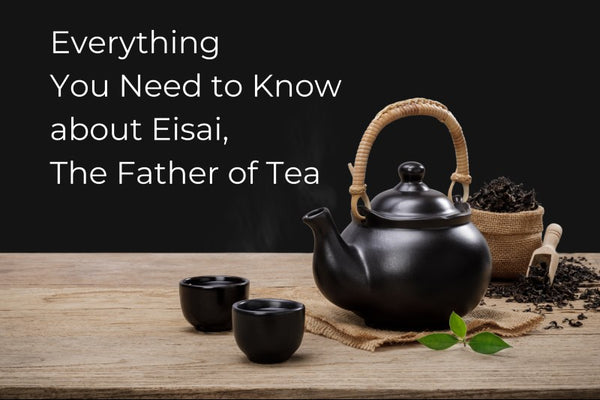
Everything You Need To Know About Eisai, The Father Of Tea
Eisai's full name is 'Myoan Eisai' (明菴栄西), and he was commonly known as Yōsai Zenji (栄西禅師) which translates to Zen master Eisai. In 1191, early Kamakura Period, Eisai visited the Sung-dynasty China and brought back new tea leaves to Kyoto and he wrote about it in 1214 in his first book, Kissa yojoki (喫茶養生記).
Read more about how Eisai has lived from childhood to becoming the "father of tea" legend.
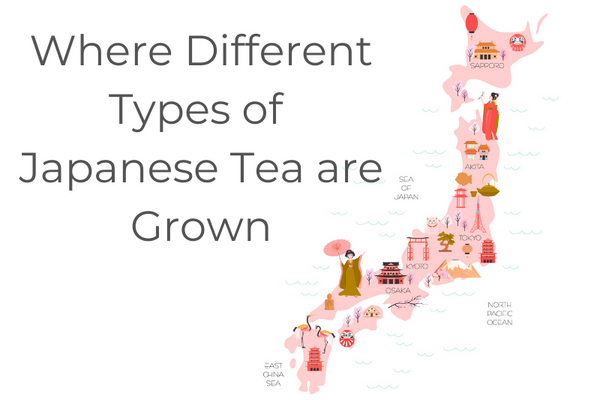
Where Different Types of Japanese Tea are Grown
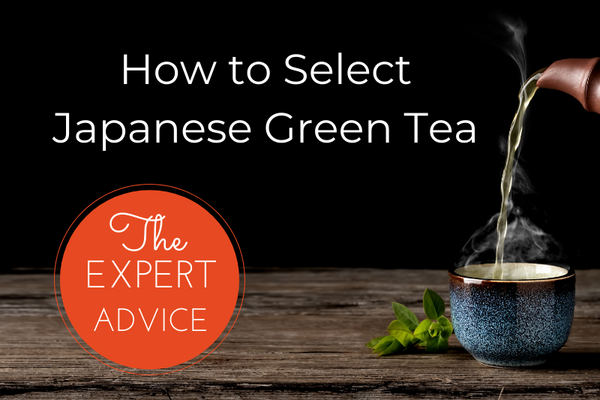
How to Select Japanese Green Tea? - The Expert Advice
Tea presents itself in many ways. Of course, visiting the grocery store you’re likely presented with a variety or different flavors and types. Loose leaf tea or tea bags? What options are available if I want something with less caffeine? Is there an ideal breakfast and morning tea for someone such as myself?
Let’s narrow our search and focus on selecting Japanese green teas based on your needs and what fits in your life. Hope this list helps you navigate the great world of Japanese tea variety!
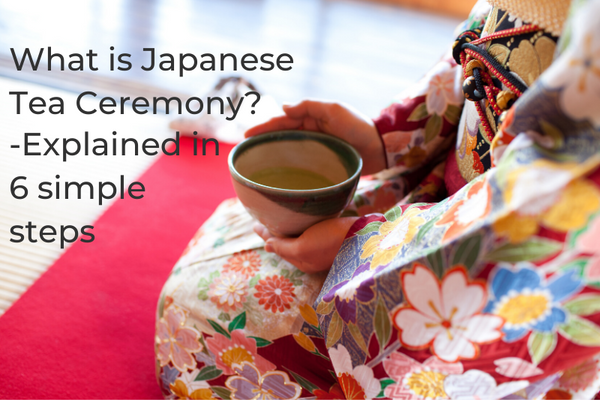
What is Japanese Tea Ceremony? – Explained in 6 Simple Steps
Chanoyu(茶の湯), Sado(茶道)or simply the Japanese tea ceremony is a ritual which is religiously followed in Japan. Japanese Matcha green tea is served in a series of choreographed steps with the host simply gliding through the whole ceremony.
Tea Ceremony is so deep, that there can be books of information, but I tried to summarize the ceremony in easy simple steps so that you can understand what they are.
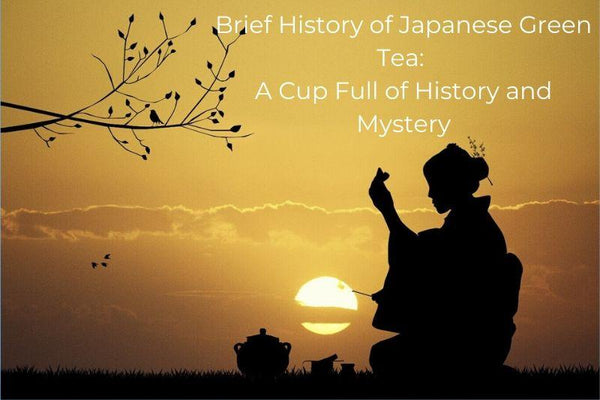
Brief History of Japanese Green Tea: A Cup Full of History and Mystery
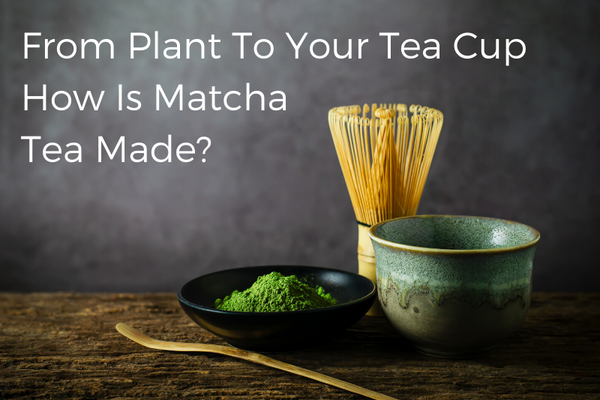
From Plant To Your Tea Cup How Is Matcha Tea Made?
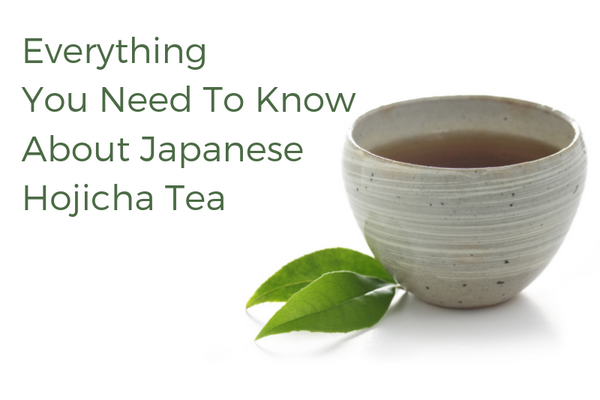
Everything You Need To Know About Japanese Hojicha Tea
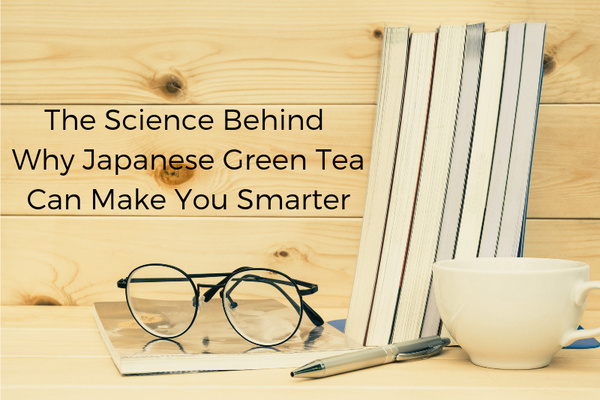
The Science Behind Why Japanese Green Tea Can Make You Smarter
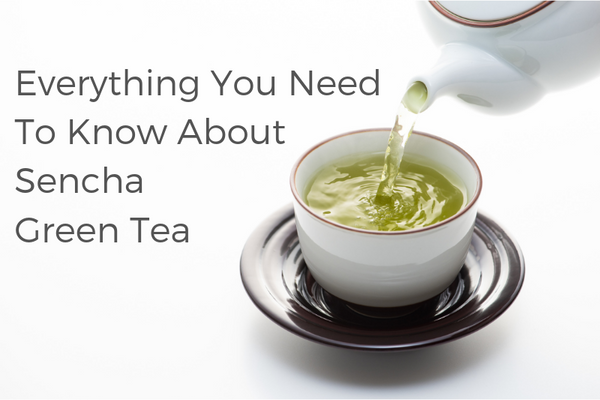
Everything You Need To Know About Sencha Green Tea
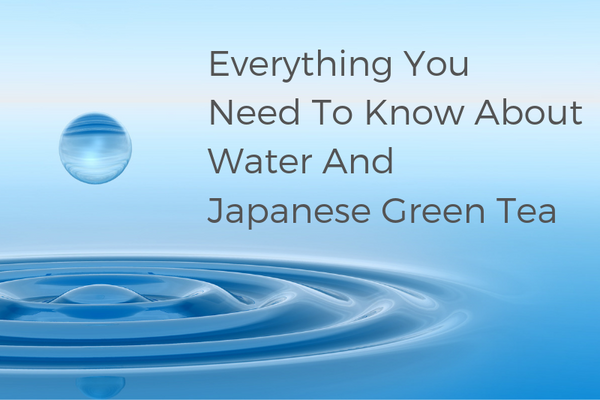
Everything You Need To Know About Water And Japanese Green Tea

Science Behind Why Japanese Green Tea is Good for Health
It is no doubt that historically Green Tea has been providing variety of health benefit and is believed to be one of the main reasons why Japanese people live longer and healthier compared to other part of the world. More recent study and researches reveals and confirms the benefit from different angles of science.
In this article, we will go over the science behind why Green Tea provides variety of health benefits. We will go over elements in detail such as L-theanine, Polyphenols, Caffeines and Fluorides...
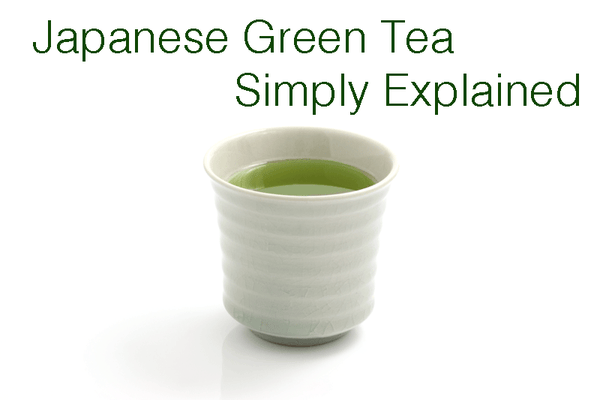
Japanese Green Tea - Simply Explained
Tea is the most popular drink on Earth, next to water. In around 80% of the world, most people prefer black tea to green tea. Yet, in Japan, green tea is the most consumed beverage, and it is a 6.95 trillion yen (7.8 billion dollar) a year industry. Green tea is embedded in the culture and day-to-day life since it was introduced by China in the 7th Century.
In this article, I will explain green tea, focused on Japanese green tea, how it came to Japan, what exactly is green tea and what are the benefits of drinking green.
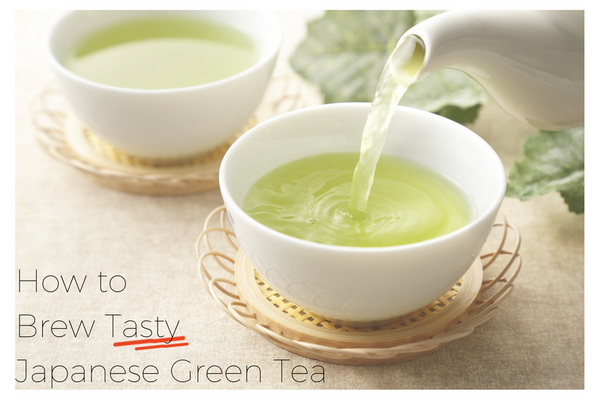
How to Brew Tasty Japanese Green Tea
Japanese green tea can be brewed in different ways. In this post, we will go over the Simple Way and the Advanced Way for brewing tasty green tea.
The Simple way is how most Japanese consume green tea every day; the Advanced Way is what is being followed by professional green tea producers who recommend the best approach for brewing the tastiest Japanese green tea.


